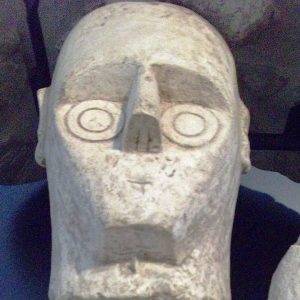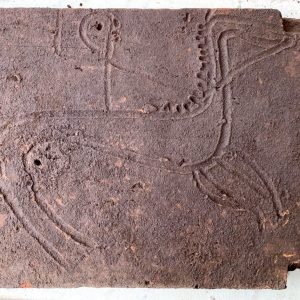Italian archaeologists have uncovered a “monumental necropolis” that appears to honour an elite class from thousands of years ago, officials announced.
The ancient cemetery, found in Trento, a northern Alpine city, contains at least 200 tombs. Experts believe they date back to the early Iron Age, a pre-Roman period between the 9th and 6th centuries BCE. The discovery sheds new light on the region’s history. Excavators found the monumental necropolis during restoration and development work on a historic building. Trento’s archaeological heritage office led the project, which the provincial council described as an “exceptional” find.
Prehistoric flooding from nearby rivers likely helped preserve the site. Sediment sealed the burial ground, keeping it remarkably intact for millennia, officials said. Archaeologists unearthed graves filled with “grave goods”—objects buried with the dead as part of funerary traditions. They also found cremated human remains about eight metres underground.
Francesca Gerosa, Trento’s vice president and provincial councillor for culture, said the necropolis “shows us a new history of the city.” She stated the find offers insights into Trento’s past beyond its Roman heritage. “We know how important research and heritage protection are,” she said. “Here, we are working intensely to bring to light a piece of history unknown to the city.”
Complex necropolis
Archaeologists were particularly intrigued by the necropolis’s complexity. Tall limestone pillars, arranged vertically, marked individual graves like headstones. Each corresponded to a lithic box serving as a tomb. Researchers identified one “main” tomb, covered by a mound, alongside others concentrated in the area over time.
Inside the boxes, they found earth and calcined bones, though not always in ossuary vases typical of Roman cremation practices. Some tombs contained fibres, likely from fabric originally wrapped around the ashes.
The “grave goods” included decorative objects, metal weapons, and items made from amber and glass. These suggest cultural connections between the necropolis’s builders and other Italic groups of the time. Franco Marzatico, who led the excavation, proposed that these settlers may have influenced the later rise of the Etruscan civilisation in the Alps.
“We can recognise the elite of a society that was clearly settled in the Trento basin,” Marzatico said. The burial rituals, he added, reflect power, privilege, and status.





